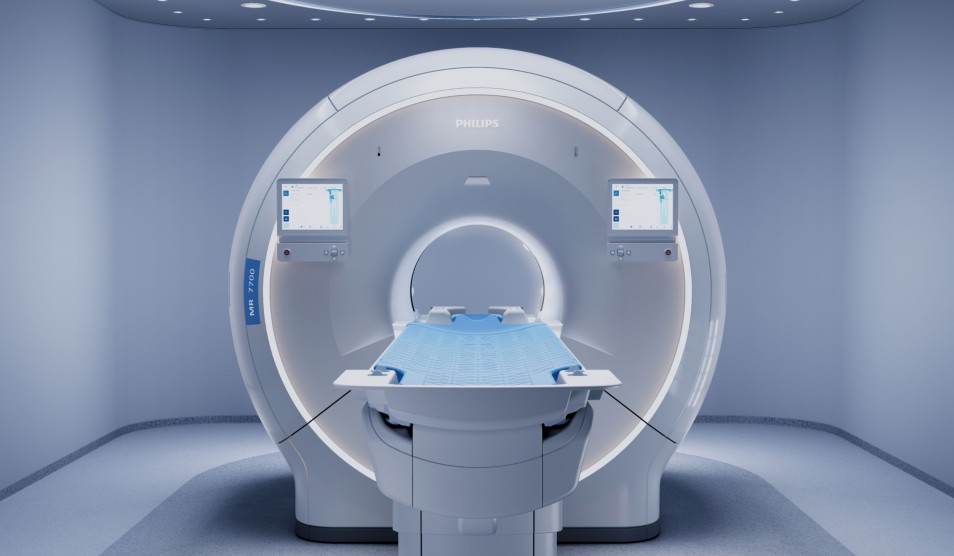New surgical robot at Charing Cross Hospital
Patients with urological and throat cancers being treated at Imperial College Healthcare NHS Trust are benefitting from the installation of a da Vinci X surgical robot at Charing Cross Hospital. The latest generation robot will enable more patients to benefit from keyhole surgery.
The da Vinci system improves upon conventional keyhole surgery in which the surgeon is stood at the patient’s side and uses hand-held instruments. Sitting at a master control console, the surgeon controls the system’s robotic arms, equipped with jointed ‘wrists’ which exceed the range of motion of the human hand, while also reducing tremor.
This enhanced dexterity, along with the 3D high definition visualisation permitted by the da Vinci’s cameras, makes it possible for surgeons to perform more minimally invasive procedures, leading to speedier recovery and an earlier discharge from hospital for many patients.
David Hrouda, clinical director for specialist surgery, said: "The arrival of the da Vinci system at Charing Cross, to add to the one already at St Mary’s, will bring significant benefits for patients.
"The technology will allow us to undertake a greater number of complex procedures with minimal invasion, meaning less blood loss and less pain for patients and, frequently, a shorter hospital stay."
For prostate patients, the arrival of the surgical robot is the latest development in a range of innovations to offer a world-leading care pathway, including reducing cancer diagnosis times through the RAPID pathway, and a full spectrum of treatments for benign prostate enlargement including holmium laser enucleation, UroLift, prostate artery embolisation and the revolutionary Rezum steam treatment that was pioneered at the Trust on behalf of the NHS.
The da Vinci system is also set to improve outcomes for patients undergoing treatment for throat cancer. The robot’s greater precision allows throat surgery to be approached through the mouth, speeding up recovery and avoiding disfiguring scars.
The new robot was used for the first time on 28 March, for two successful radical prostatectomies.



